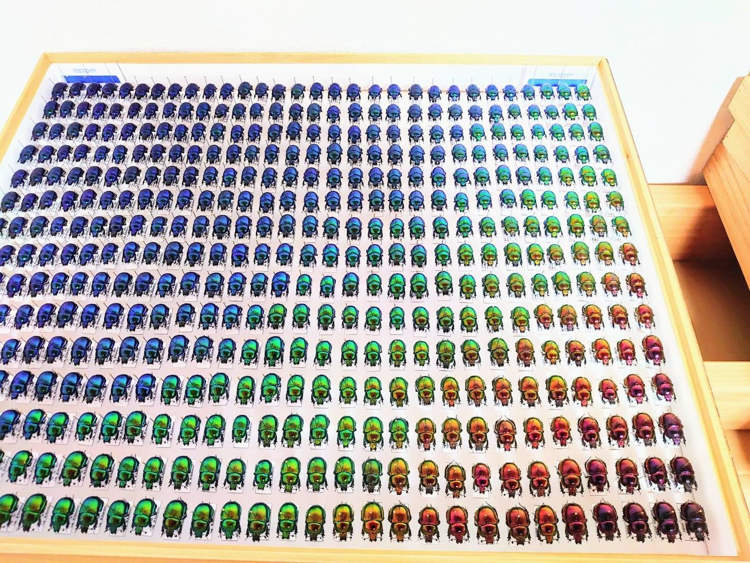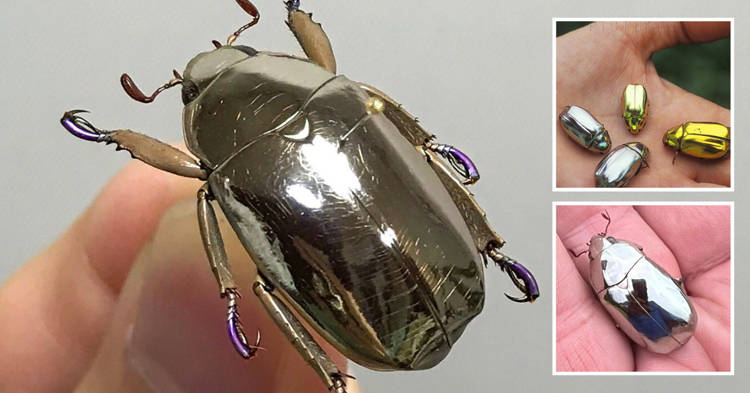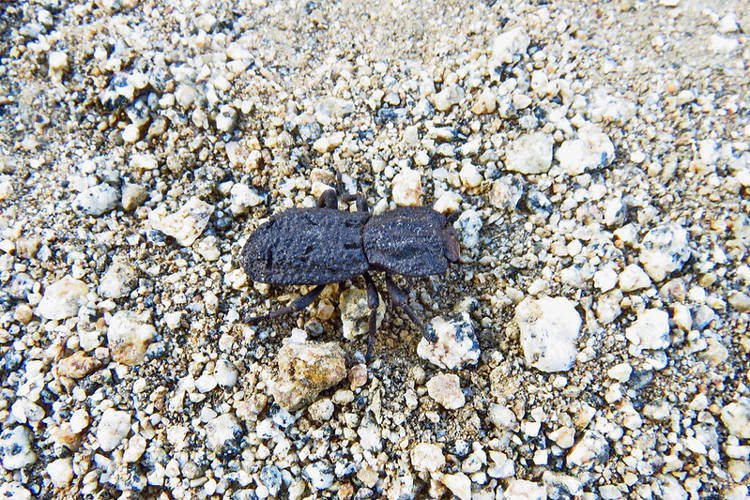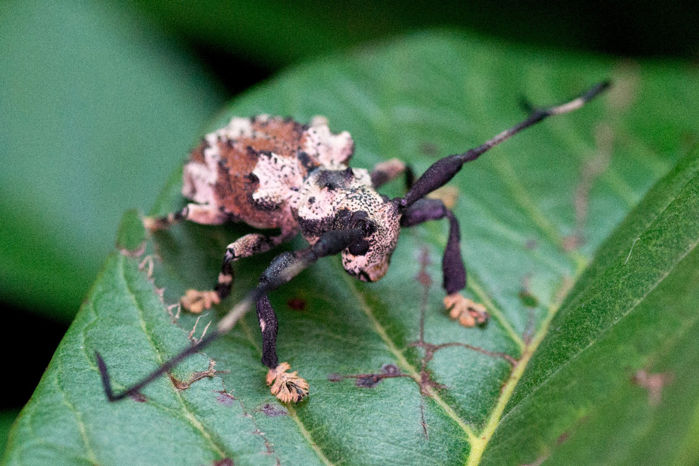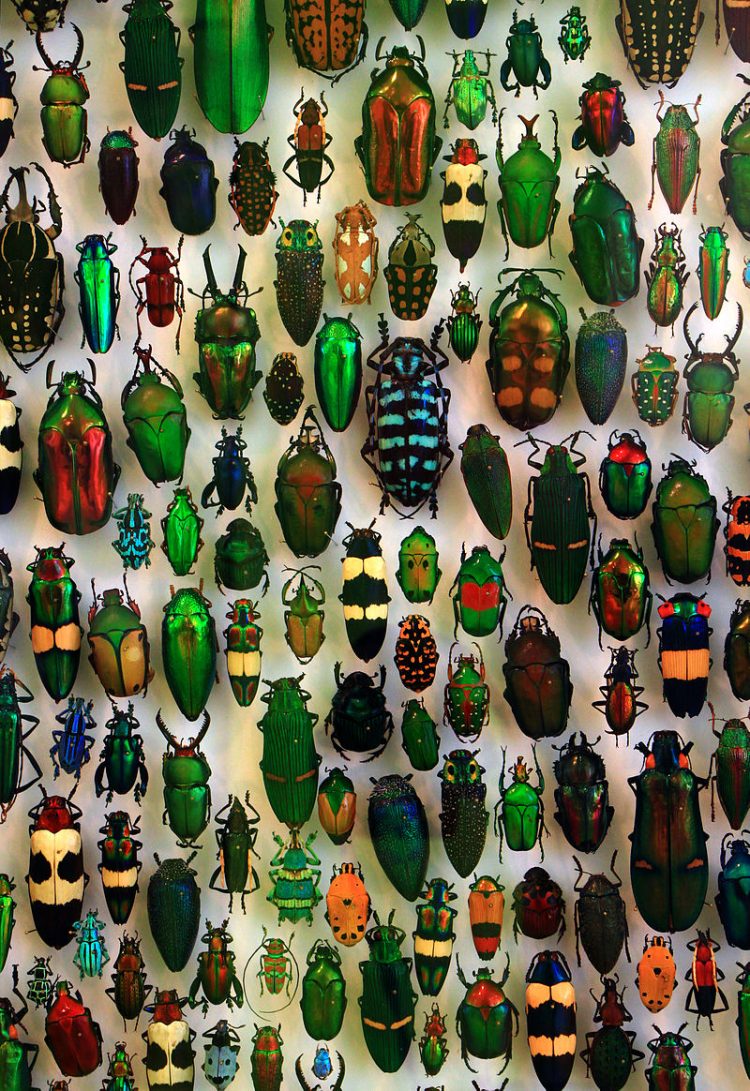Bored during the last stages of the Covid-19 lockdown, a Japanese man spent a whole month catching dung beetles and creating a mesmerizing color gradient collection.
On August 17, Japanese Twitter (X) user bochimushi posted a photo of hundreds of shiny dung beetles arranged by color – from deep blue to purple – forming an impressive gradient. Apparently, the eye-catching collection of beetles was created in August of last year, as a way to pass the time during the end of the Covid-19 lockdown. Bored out of his mind, the man started hunting dung beetles and then arranging them neatly in this gradient style for a stunning visual effect. Bochimushi’s collection consists of a whopping 450 dung beetles.

